
Marie Kølbæk Iversen is represented by Gether Contemporay, one of the few Danish galleries participating in the Chart to have a roughly equal gender balance in their roster of artists. Marie Kølbæk Iversen, Nine Bats, 2016. Installation view, Varulv!, Overgaden, 2016. Photo: Anders Sune Berg.
This August will see an unusually high number of exhibitions by women artists on the Nordic gallery scene. The influx of women takes place at the behest of the Chart Art Fair, which has elected to present exclusively women artists for its 2020 instalment, which will be staged in a decentralised format at the participating galleries’ own venues in Copenhagen, Stockholm, Oslo, Helsinki, and Reykjavik.
For many years now, commercial galleries have been lambasted for contributing to the structural gender imbalance on the Nordic art scene. Survey after survey has emphasised that even though gender equality is moving forward, there is still a long way to go. In November 2019, the Association of Danish Museums (ODM) published the results of a questionnaire distributed among its members, and the figures showed that female artists accounted for just 22 per cent of the works purchased during the period 2004 to 2019.
It is often pointed out that one of the crucial factors in this inequality has its wellspring in the galleries from which many purchases are made and where the proportion of female artists remains surprisingly low. In fact, only a few of the Danish galleries taking part in the 2019 instalment of Chart have a fairly equal gender balance. Gether Contemporary in Copenhagen comes closest with five women out of a total of twelve artists represented. Looking at the rest of the Danish galleries participating in Chart, one finds that on average, women artists account for just 26 per cent of all the artists represented. A similar picture emerges at the international art fairs, where the relative ratio of women artists isapproximately 1 to 4 – and things are even worse at international auctions, where works by female artists account for just 2 per cent of all sales.
Chart Director Nanna Hjortenberg stated in the press release: “The gender imbalance on the art scene is perhaps the biggest structural challenge in the industry and cannot be solved by a single actor alone. If there is one thing we have learnt these recent months, it is that habits can be broken and that change is possible. Now that we re-open the art scene, we also have the opportunity to create the art scene – and art history – we want for the future.”
The initiative arrives in conjunction with the overall rethinking – and rebranding – of the art fair format required to even hold the event at a time when the COVID-19 pandemic has left its mark on biennials and art fairs. In Copenhagen, the fair week is scheduled to take place as planned in the last week of August. As yet, the Danish authorities’ current ban on gatherings of more than five hundred participants will be upheld at that time.
Consequently, this year’s fair will not be held at Kunsthal Charlottenborg – which has graciously invited the twenty-eight participating galleries into its hallowed halls for the last seven years, attracting 25,000 guests over a single weekend last year – but will instead move out into the galleries themselves, where the number of visitors can be easily regulated.
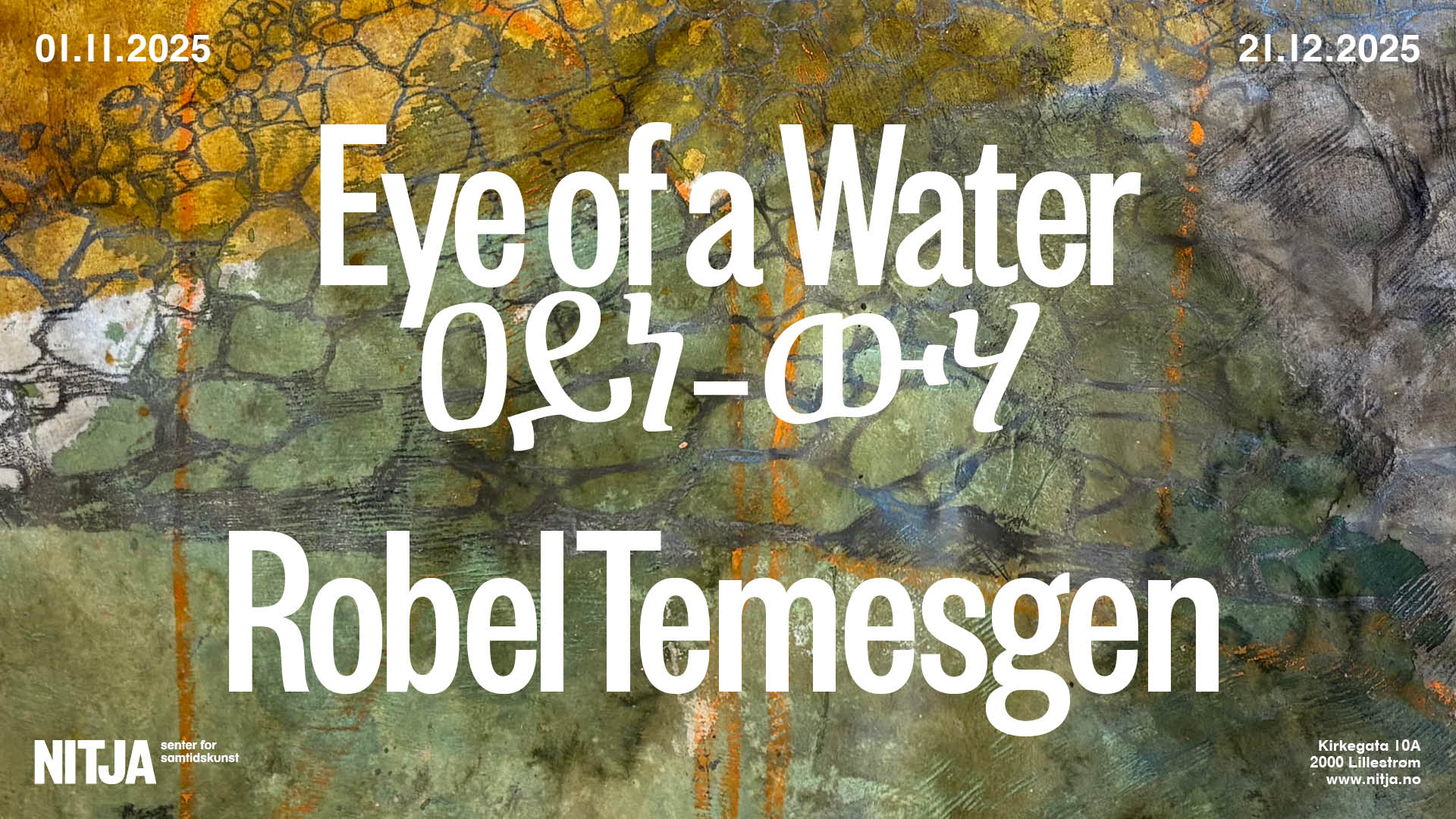

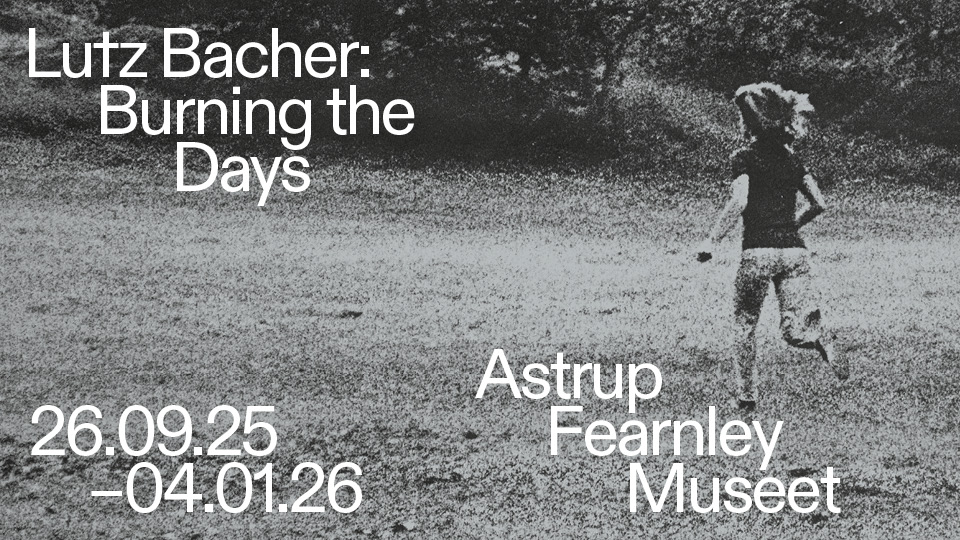
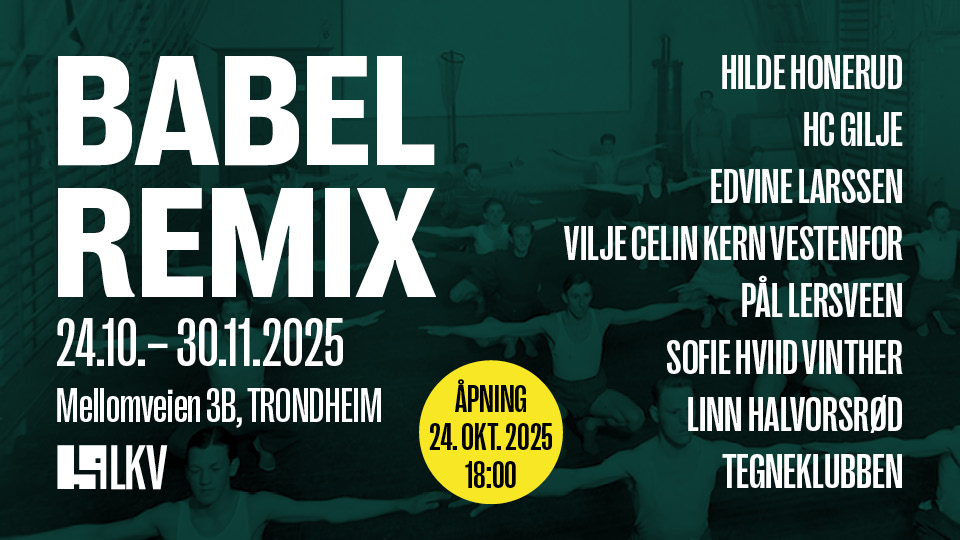
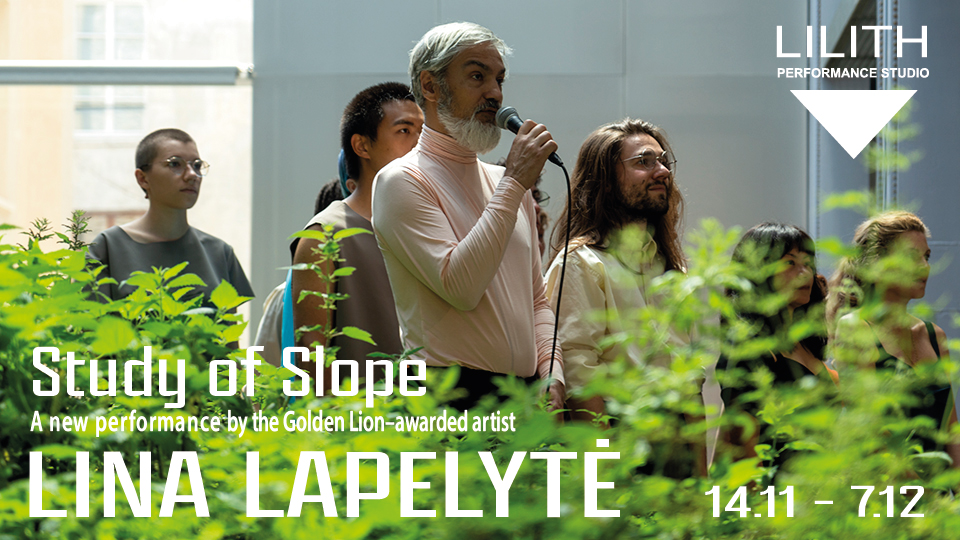
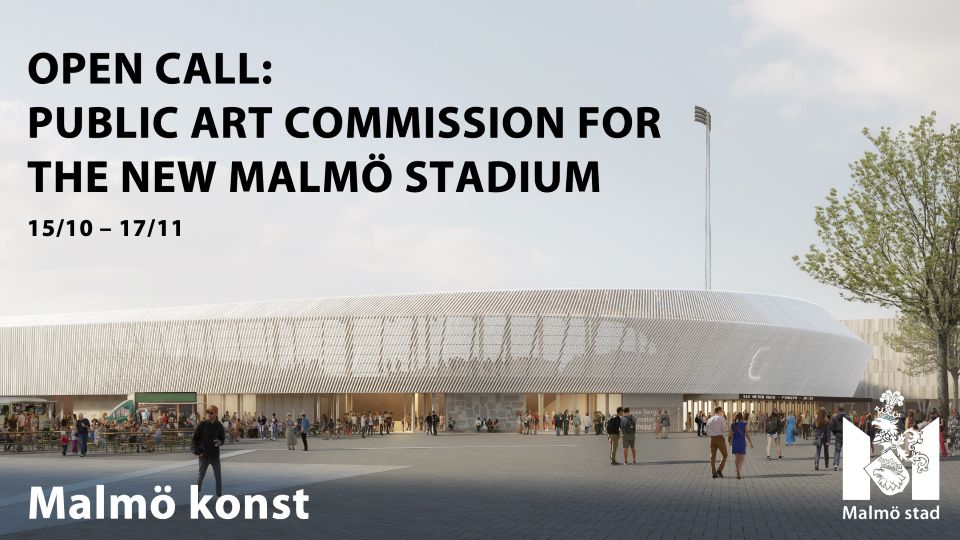
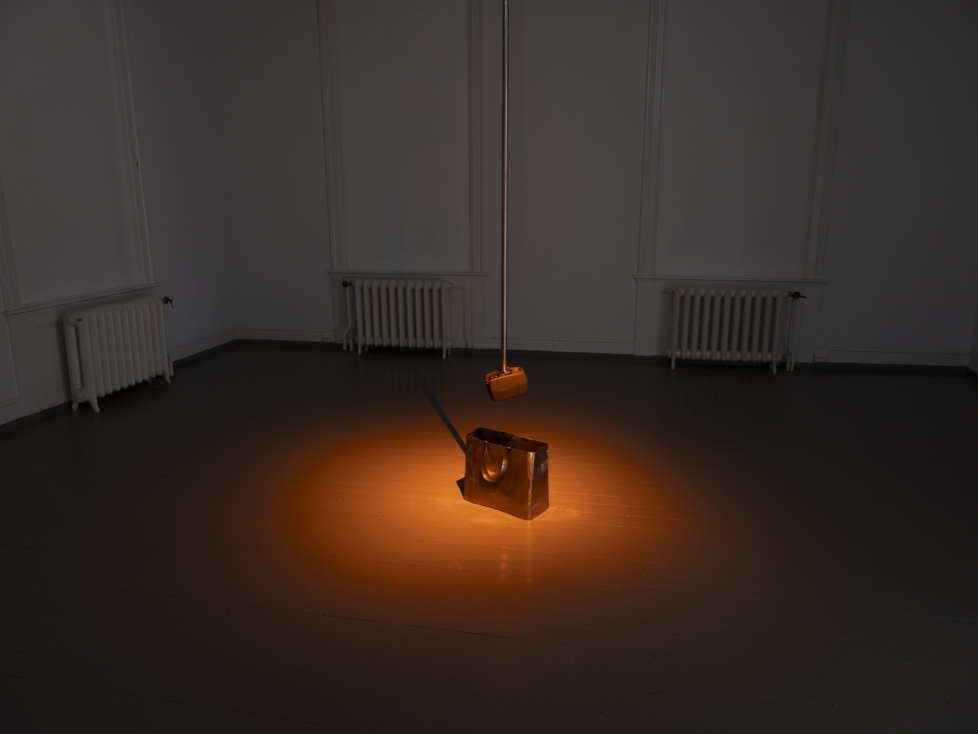
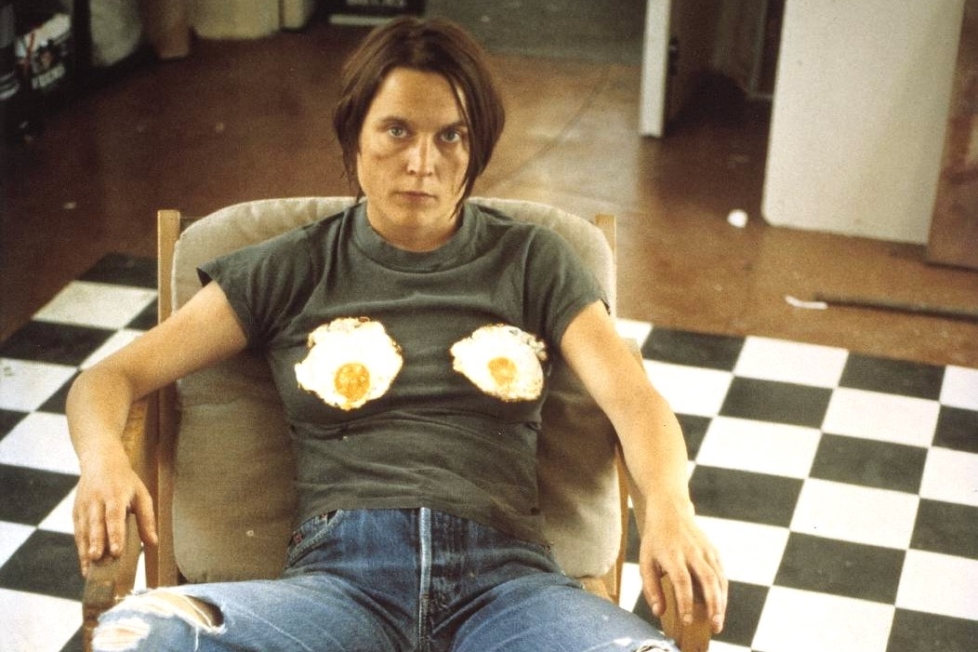
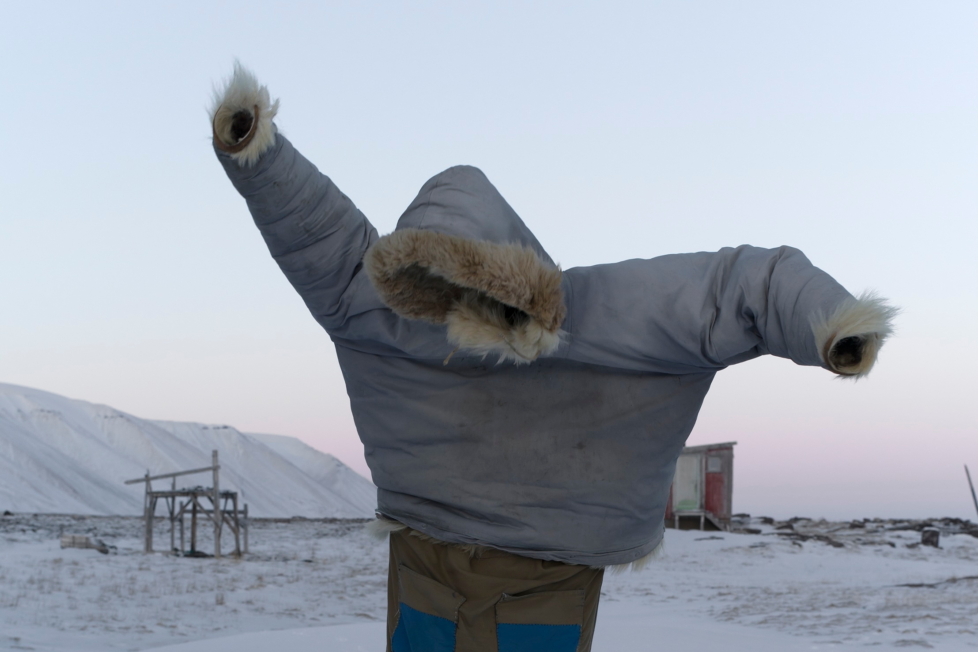
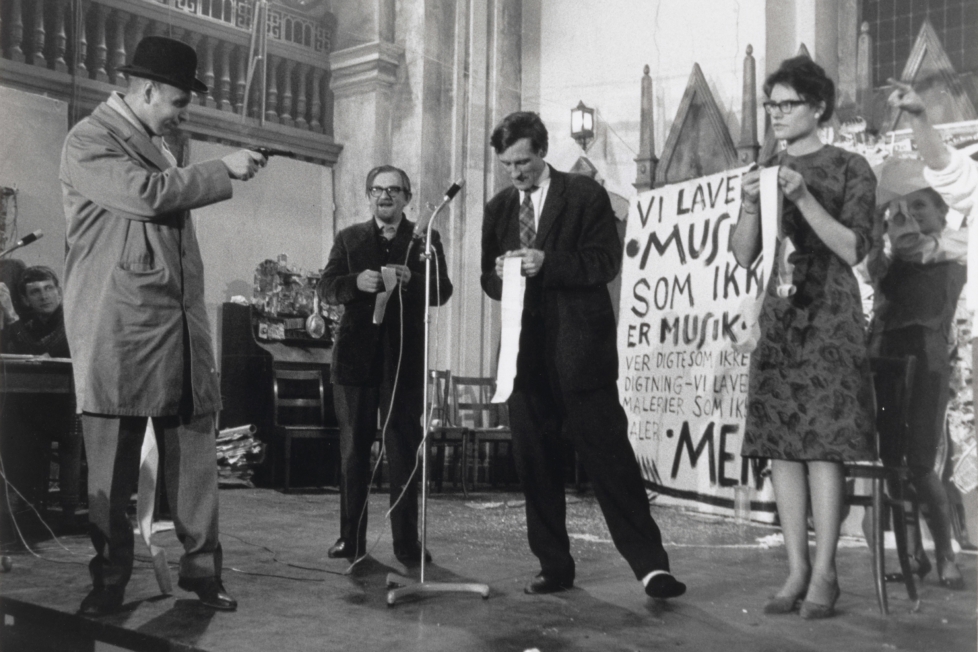
Diskussion